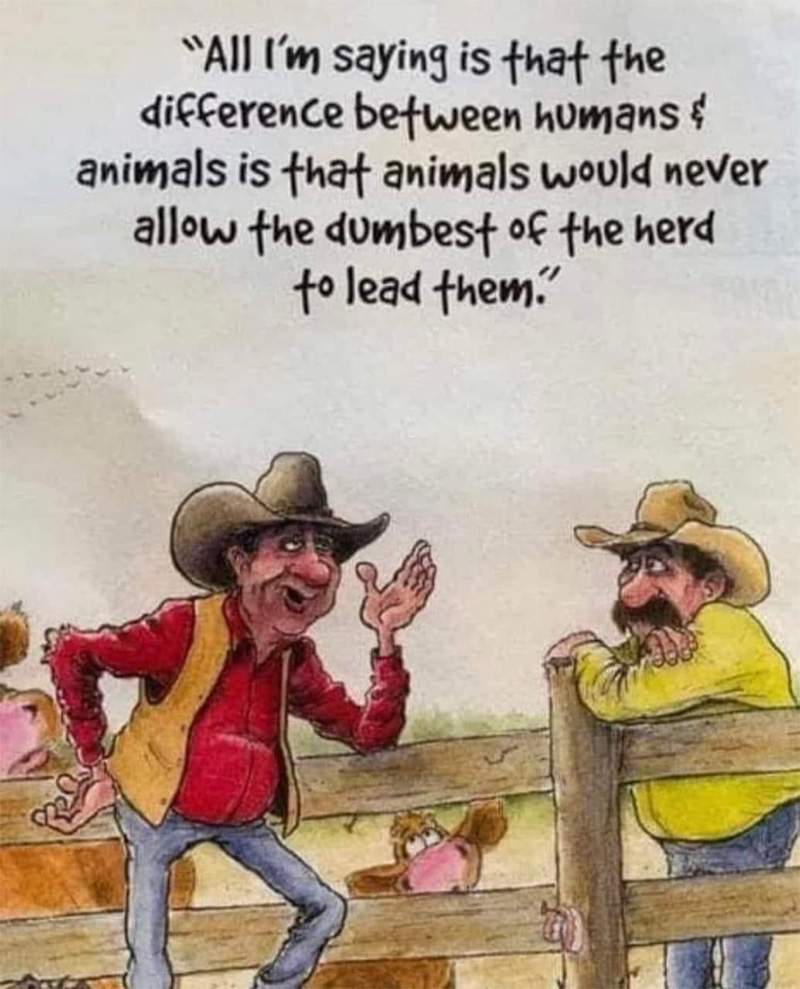
Social Identity
In the last two decades, social identity (SI) modeling and simulation have significantly advanced. They are building on and, in many cases, improving the over a half-century of validated SI experimental studies and theories.
In the attached publication, observations on modeling and simulation of SI explore niches of additional opportunities based upon multiple perspectives: the evolution of social organisms, non-competitive theories of evolution, emergent properties of collective problem solving, advances in non-social computational modeling,
epidemiological simulations, and complexity science.
Based on these observations, specific recommendations are provided for expanding SI modeling and simulation.
• Develop a general model of SI based on the observation that all social organisms share common traits, such as the innate drive to form SI or how individual states of uncertainty or stress trigger SI, but also recognize that complex species (like humans) present more complex expressions of SI.
• SI models must accommodate that not all expressed SI traits have origins in or require higher fitness.
• All or many SI traits have triggers and probably thresholds of triggers, which must be modeled.
• When possible, include emergent group performance that may change SI behavior and strategies.
• The need for the development of a SI community model for research and realistic applications.
Johnson, N. L., Observations on Modeling Social Identity: Suggestions to address the challenges of social identity, in ”Advances in Social Simulation: Proceedings of the 17th Social Simulation Conference, European Social Simulation Association” Ed. Flaminio Squazzoni, Sept 2023. ISBN 978-3-031-34919-5